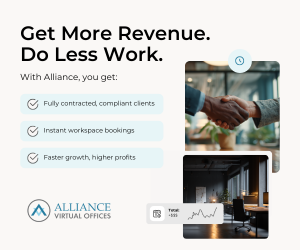The traditional 9 to 5 has faced backlash for years now, but this criticism has grown since the beginning of the pandemic.
Now that a large portion of the working population has experienced the ability to work when and where they please, many do not want to go back.
This has opened a door to the adoption of the 3-2-2 concept, essentially allowing people to work in the office three days each week, two days from home and have the other two days off.
Many see this arrangement as overwhelmingly positive in terms of flexibility, productivity, engagement, innovation and community.
“Moving forward, companies will focus on how people are most productive. For a lot of businesses, this will lead to empowered employees with greater flexibility to choose when and where they work,” said Adam Segal, CEO of real estate software firm cove. “The 3-2-2 concept is one solution that will become even more popular – it enables people with choices but also accounts for in-person interaction.”
In addition to the 3-2-2 trend, Segal also believes that the office will generally become more digitized in the future.
Incorporating modern technology will especially be necessary for companies who decide to adopt this hybrid work policy as it provides employees a way to stay connected wherever they may be working from.
“The office is not going away, it is just evolving,” said Segal. “Those companies that value the office as a key resource to engagement and culture will realize new benefits.”


 Dr. Gleb Tsipursky – The Office Whisperer
Dr. Gleb Tsipursky – The Office Whisperer Nirit Cohen – WorkFutures
Nirit Cohen – WorkFutures Angela Howard – Culture Expert
Angela Howard – Culture Expert Drew Jones – Design & Innovation
Drew Jones – Design & Innovation Jonathan Price – CRE & Flex Expert
Jonathan Price – CRE & Flex Expert











